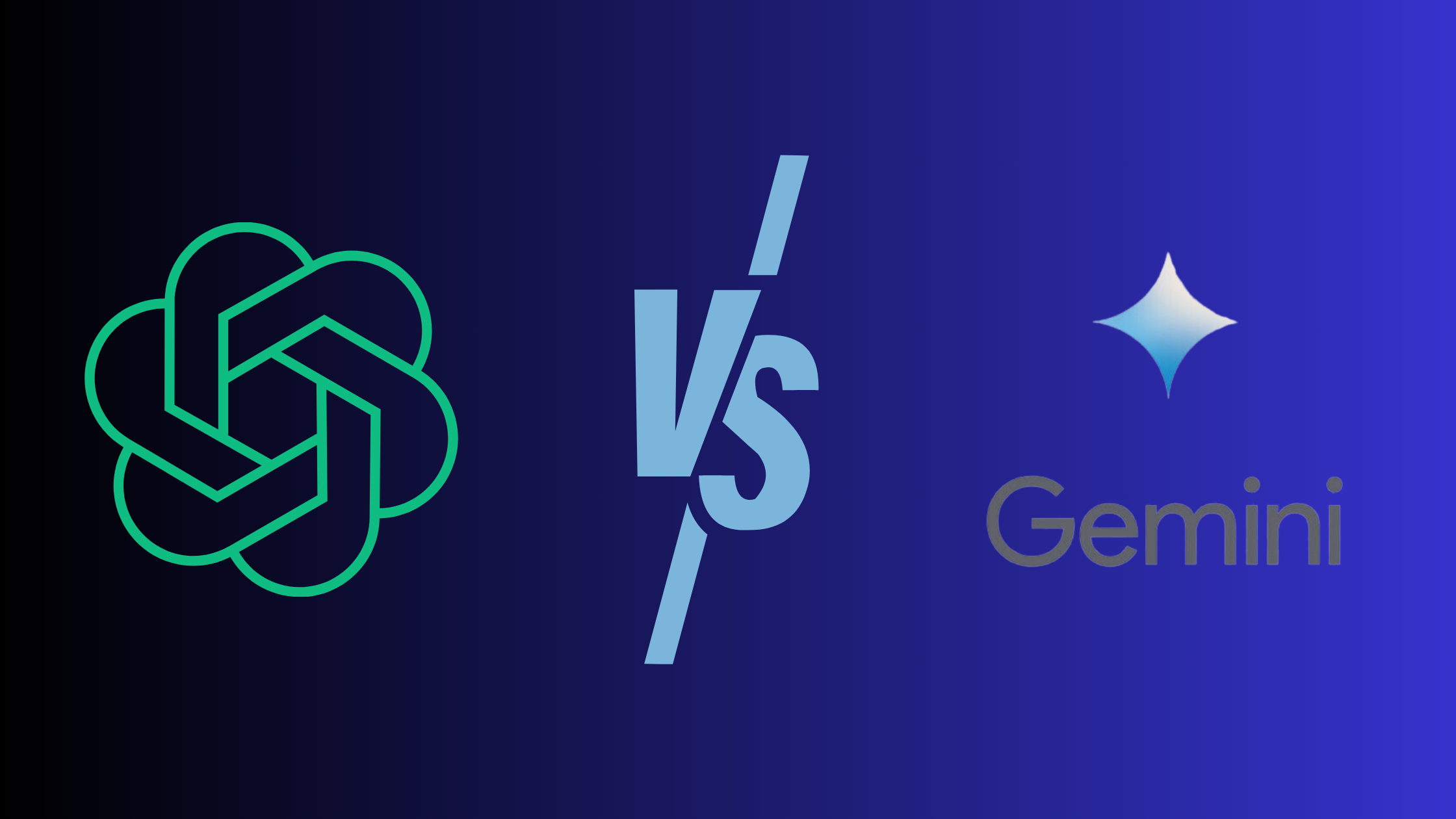Know Why Groq AI is Faster than ChatGPT and Gemini
In today’s rapidly evolving digital landscape, the need for swift and efficient artificial intelligence (AI) systems is paramount. Users across various domains increasingly rely on AI models to streamline tasks, ranging from natural language processing to complex data analysis.
However, not all AI solutions are created equal, and disparities in performance can significantly impact user satisfaction and productivity.
Enter Groq AI, a groundbreaking innovation that has redefined the benchmarks for speed and efficiency in the AI sector. In this article, we delve into the factors underpinning Groq’s exceptional performance, contrasting it with the comparatively sluggish responses often encountered with ChatGPT and Gemini.
By delving into the distinct advantages of Groq AI, readers can glean insights into how advanced hardware architecture can elevate AI interactions to unprecedented levels of speed and responsiveness. Let’s embark on an exploration of why Groq AI stands out among its peers, setting a new standard for AI performance and user experience.
Meet Groq, Fastest AI
In the realm of AI hardware, one standout entity commands attention: Groq. Renowned for its unparalleled speed and efficiency, Groq has established itself as the fastest AI solution available.
With an impressive token generation rate of 500 tokens per second utilizing its 7B model, Groq leaves competitors in the dust. Unlike ChatGPT, which struggles to achieve a mere 30 to 60 tokens per second using Nvidia chips, Groq’s performance is unmatched.
Groq’s secret lies in its innovative Lattice Processing Unit (LPU) engine, meticulously crafted for processing sequences of data in large language models (LLMs). This specialized hardware architecture, combined with a bespoke compiler optimizing instruction cycles, ensures Groq’s dominance in speed and efficiency.
The emergence of Groq AI represents a significant milestone in the evolution of artificial intelligence; promising users lightning-fast and seamless interactions unlike anything seen before.
The Groq Main Advantage
At the forefront of the AI hardware revolution stands Groq, boasting a distinct advantage over its competitors. This advantage lies in its innovative hardware architecture, specifically the Lattice Processing Unit (LPU).
Unlike conventional GPUs or TPUs, Groq’s LPU is purpose-built to efficiently process sequences of data in large language models (LLMs). This specialized architecture ensures optimal performance, enabling Groq to outpace its rivals in terms of speed and efficiency.
A key component contributing to Groq’s superiority is its bespoke compiler. This compiler is designed to optimize instruction cycles, ensuring maximum efficiency in computation. By translating high-level instructions into low-level machine code tailored for the LPU architecture, Groq minimizes latency and maximizes performance, further solidifying its position as a frontrunner in the AI hardware landscape.
In essence, the main advantage of Groq lies in its innovative hardware architecture and optimized computational processes, setting it apart as a leader in the field of AI hardware.
Putting Groq to the Test
To gauge the performance of Groq against its competitors, we conducted comprehensive testing, pitting it against ChatGPT and Gemini. The results of this head-to-head comparison speak volumes about Groq’s capabilities.
Utilizing its Mixtral-8x7B model, Groq demonstrated an impressive token generation rate of 527 tokens per second. In stark contrast, ChatGPT struggled to keep pace, managing only 61 tokens per second. Even Gemini, running on Google’s Cloud TPU accelerator, lagged behind with a token generation rate of 56 tokens per second.
These findings underscore Groq’s dominance in terms of speed and efficiency. Its specialized hardware architecture and optimized computational processes enable it to outperform competitors by a significant margin. The results of our testing validate Groq’s status as the frontrunner in the AI hardware landscape.
The Future is Groq
Looking forward, the trajectory of AI hardware points unmistakably towards Groq’s dominance. With its visionary approach and commitment to innovation, Groq is poised to redefine the landscape of artificial intelligence.
The scalability of its architecture is a testament to Groq’s adaptability and readiness to meet the evolving demands of the AI industry. Plans to introduce clusters equipped with 4,128 chips by 2025 highlight Groq’s ambitious expansion goals and its determination to stay at the forefront of technological advancement.
Moreover, Groq’s dedication to sustainability sets it apart as a conscientious leader in the field. By boasting energy consumption significantly lower than Nvidia GPUs, Groq not only offers superior performance but also contributes to reducing environmental impact. This commitment to eco-conscious practices aligns with the growing emphasis on sustainability in technology development.
As Groq continues to push the boundaries of AI hardware, its influence is poised to extend far beyond the confines of the tech industry. With its ability to deliver faster, more efficient AI interactions, Groq has the potential to revolutionize various sectors, from healthcare to finance, by enabling groundbreaking advancements and unlocking new possibilities.
Conclusion
In conclusion, Groq’s trajectory in the AI hardware arena is marked by innovation, scalability, and sustainability. Its specialized hardware architecture and optimized computational processes position it as a frontrunner in the quest for faster and more efficient AI interactions.
As we embrace the transformative power of artificial intelligence, Groq stands as a testament to the possibilities of technological advancement. By driving progress and redefining the boundaries of AI capabilities, Groq is not just shaping the future of AI hardware but also catalyzing broader societal and economic transformations.
As we navigate the complexities of an AI-driven world, Groq remains an indispensable force, driving us toward a future defined by unprecedented innovation and possibility.
Frequently Asked Questions (FAQ)
What is Groq AI?
Groq AI is a cutting-edge AI hardware solution renowned for its exceptional speed and efficiency. It boasts specialized hardware architecture, including the Lattice Processing Unit (LPU), tailored for processing sequences of data in large language models (LLMs).
How does Groq compare to ChatGPT and Gemini?
Groq outpaces competitors like ChatGPT and Gemini in terms of speed and efficiency. While Groq achieves a token generation rate of 500 tokens per second with its 7B model, ChatGPT and Gemini struggle to keep pace, managing only 30 to 60 tokens per second and 56 tokens per second, respectively.
What is the main advantage of Groq?
The primary advantage of Groq lies in its specialized hardware architecture, particularly the LPU. This architecture, coupled with a bespoke compiler optimizing instruction cycles, ensures unparalleled performance, making Groq the fastest AI solution available.
How does Groq contribute to energy efficiency?
Groq’s energy consumption is significantly lower than Nvidia GPUs, making it a more sustainable option for AI inferencing. This reduced energy consumption not only lowers operational costs but also minimizes environmental impact.
What does the future hold for Groq?
Groq’s future looks promising, with plans to release clusters boasting 4,128 chips by 2025. This scalability, coupled with its commitment to innovation and sustainability, positions Groq as a frontrunner in the evolution of AI hardware.
How can Groq benefit various sectors?
Groq’s exceptional performance and efficiency have the potential to revolutionize various sectors, including healthcare, finance, and more. By enabling faster and more efficient AI interactions, Groq can facilitate groundbreaking advancements and unlock new possibilities across industries.
Originally posted 2024-03-18 19:56:59.







